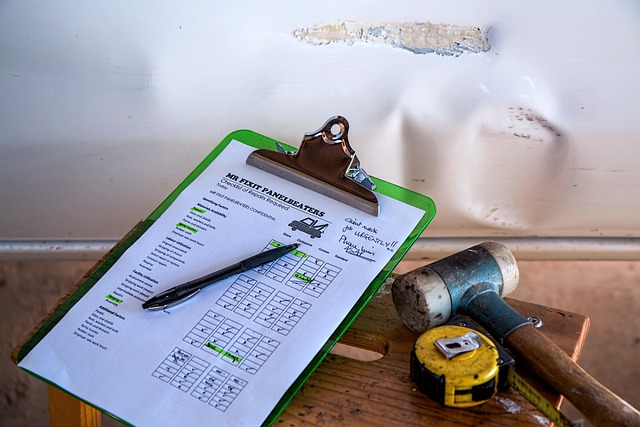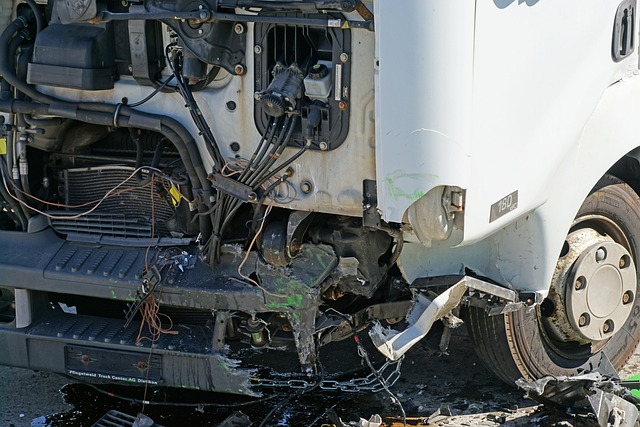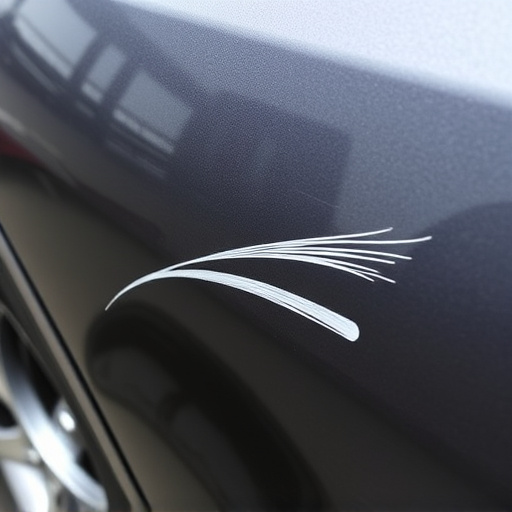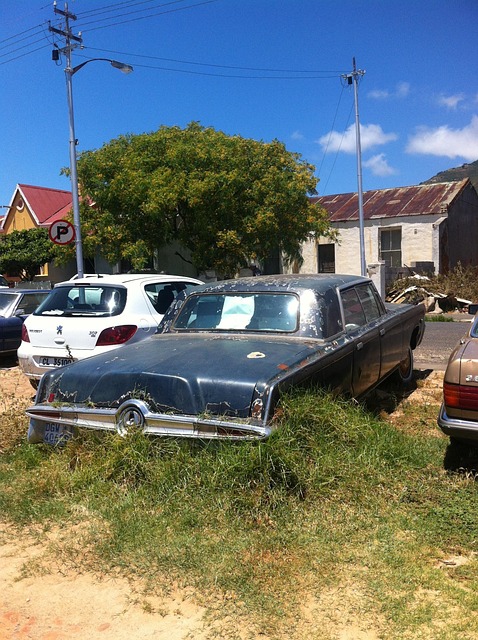Structural integrity restoration, covered by insurance policies under specific conditions like natural disasters or auto bodywork, focuses on repairing or replacing damaged building components—walls, floors, foundations, roofs, and frameworks—to ensure safety and prevent further deterioration. Policyholders should review their policies, document damage, initiate claims with insurers who assign adjusters for property inspection and repair cost estimates. Communication continues until claim approval or further assessments are requested.
In today’s world, ensuring the structural integrity of buildings is paramount for safety and investment protection. When damage occurs, understanding how insurance policies cover structural integrity restoration claims is crucial. This comprehensive guide delves into the intricacies of these claims, explaining how insurance policies address them and outlining the step-by-step process from filing to settlement. By exploring key concepts like foundation repairs, seismic retrofits, and policy exclusions, readers will gain valuable insights into navigating these complex restoration processes.
- Understanding Structural Integrity Restoration Claims
- How Insurance Policies Address These Claims
- The Process of Filing and Claim Settlement
Understanding Structural Integrity Restoration Claims

Structural integrity restoration claims refer to the process of repairing or replacing damaged components within a structure to ensure it retains its structural soundness and safety. This can include various aspects such as walls, foundations, roofs, and even entire frameworks. These claims are often complex due to the intricate nature of buildings and the need for precise, expert assessments. When a structure suffers damage, whether from natural disasters, accidents, or general wear and tear, it’s crucial to understand that structural integrity restoration goes beyond merely fixing visible symptoms.
It involves identifying and rectifying underlying issues to prevent further deterioration and ensure the building can withstand future challenges. In terms of insurance coverage, policies often provide protection for these types of claims under specific circumstances. Auto bodywork and frame straightening, for instance, are common areas of concern that may trigger insurance involvement, especially in cases of car damage repair. Insurers assess each claim individually, considering factors like the severity of damage, adherence to restoration standards, and cost-effectiveness of proposed solutions.
How Insurance Policies Address These Claims

Insurance policies are designed to provide coverage for various types of damage, and structural integrity restoration is no exception. When it comes to addressing claims related to this critical aspect of a property’s health, insurers offer specific provisions to ensure that buildings maintain their strength and stability over time. These policies typically cover the cost of repairing or replacing damaged structural elements, such as walls, floors, foundations, and roofs, which are essential for maintaining a safe and habitable environment.
The process usually involves assessing the damage, generating an estimate for restoration work, and then settling the claim based on the policy terms. For instance, if a natural disaster like an earthquake or severe storm causes structural damage, the insurance company will send an adjuster to inspect the property. They will evaluate the extent of the harm and determine if it’s covered under the policy, considering factors like the policyholder’s deductibles and the scope of coverage. This prompt action facilitates the restoration process, ensuring that owners can get their homes or commercial buildings back in top condition, with minimal disruption, through claims settlement for auto bodywork, auto body painting, and other necessary repairs.
The Process of Filing and Claim Settlement

When filing a structural integrity restoration claim, policyholders should begin by reviewing their insurance policy to understand coverage limits and specific requirements for such claims. This includes documenting any damage with photos and detailed notes, as this evidence will be crucial during the claim settlement process. The first step involves contacting the insurance provider to report the incident and initiate the claims process. Insurers typically assign a claims adjuster who will inspect the property and assess the extent of the structural damage.
The adjuster will then provide an initial estimate for the repair costs, which serves as a starting point for negotiations. Policyholders can expect to receive communication regarding their claim’s status, including any additional documentation or information required. Once both parties agree on the scope of work and cost estimates, the insurance company will either approve the claim directly or request further assessments. For complex cases involving auto body services or vehicle paint repair, multiple inspections might be necessary to ensure accurate settlement amounts for car restoration efforts.
In conclusion, understanding how insurance policies cover structural integrity restoration claims is paramount for property owners. By familiarizing themselves with these processes, individuals can navigate the filing and settlement procedures effectively, ensuring their investments are protected. Insurance plays a pivotal role in mitigating financial risks associated with structural repairs, making it an indispensable tool for maintaining property value and safety.














